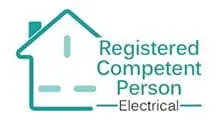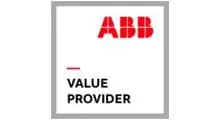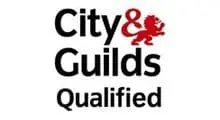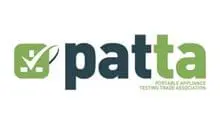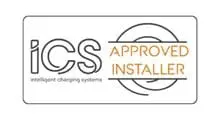Domestic & Commercial EICR Inspection, Testing & Reports in Peterborough, Milton Keynes, Bedfordshire and Cambridgeshire
Why Choose Safe Electric?
Our trained engineers provide Local Domestic, Commercial and Industrial, EICR Inspection & Testing in Cambridge, Peterborough, Milton Keynes and throughout the UK.
- Engineers local to you
- Fully certified & accredited
- Quality assured service
- Fast, free, no-obligation quote
At Safe Electric, our properly trained, competent engineers use their decades of experience to ensure the job is done once, and right, the first time…
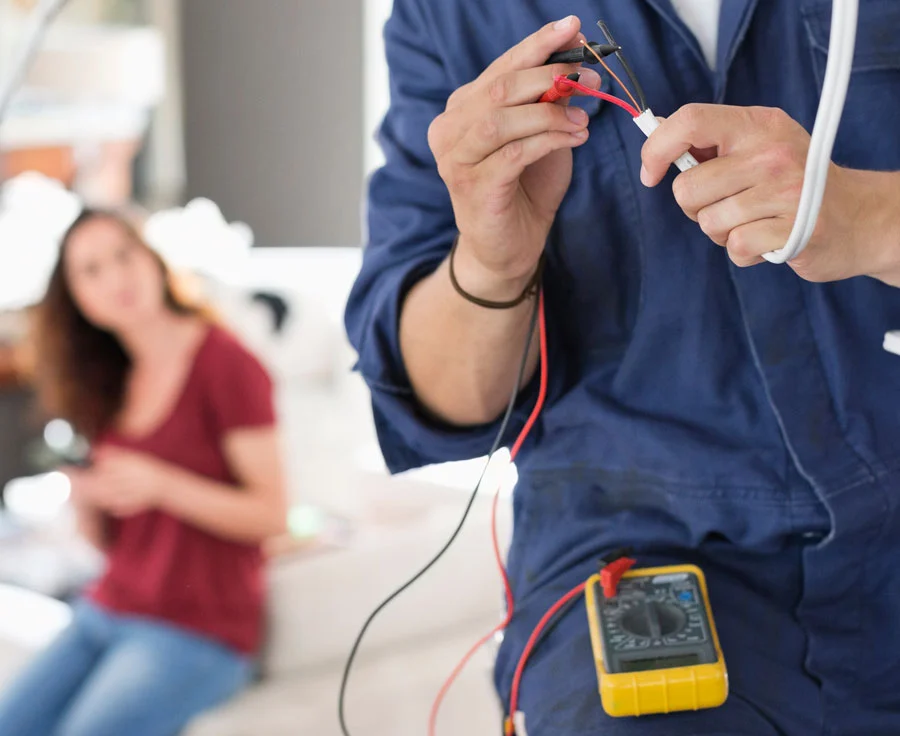
Our Accreditations
What is Electrical an Electrical Inspection?
EICR-Electrical Installation Conditioning Report Certificate, is also known as Periodic Testing, Landlords Testing and Fixed Wire Testing, it involves the testing of electrical services and systems that conduct electricity around a building.
It covers all of the hard wiring in a building and includes items such as main panels, distribution boards, lighting, socket outlets, including air conditioning up to the Isolator and other fixed plant supplies.
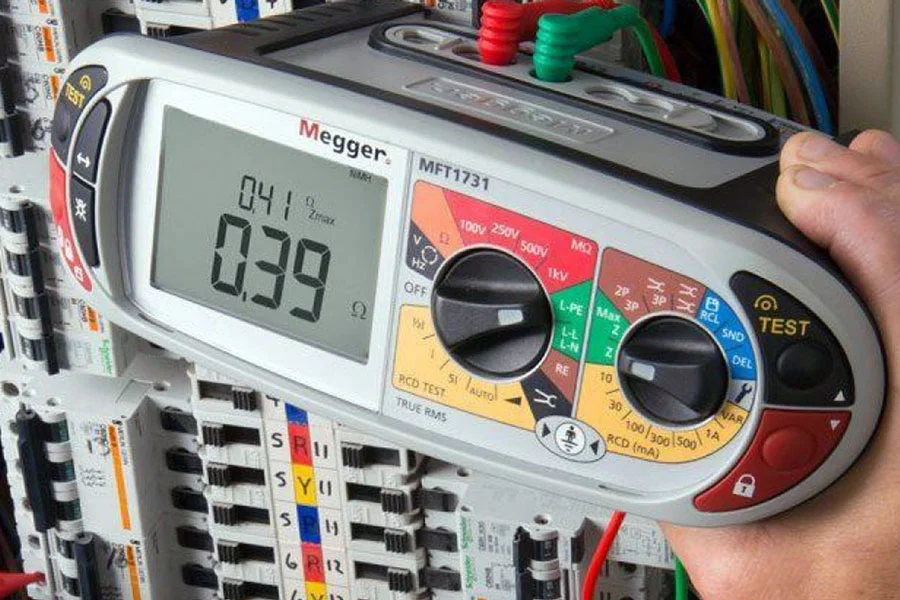
How Often Should a Test Be Completed
Requirement
Legally all Domestic Rental Properties from the 1st of July 2020 must have a current EICR this includes HMO’s.
EICR - Domestic
EICR in a Domestic installations that you live in is every 10 years or change of tenant or owner.
EICR - Residential
EICR in Residential Rental accommodation every 5 years or change of occupancy.
EICR - Commercial
EICR in a Commercial Installations must be Legally done every 5 Years.
EICR - Offices
EICR for Offices must be carried out every 5 years or change of occupancy except for fire & emergency lighting.
Fire Alarms are under BS 5839-1 are Bi- Annually.
Emergency Lighting is a 3 hour draindown Annually.
EICR - Educational
EICR in Educational installations every 5 years except for fire & emergency lighting.
Fire Alarms are under BS 5839-1 are Bi- Annually.
Emergency Lighting is a 3 hour draindown Annually.
EICR - Industrial
EICR in Industrial premises is every 3 years. (Such as a Manufacturing Plant).
EICR - for Caravan parks
EICR for Caravans is every 3 years.
Why Is It Important?
An Electrical Installation Condition Report (EICR) of a property consists of a visual inspection of the electrical installation together with live and dead testing of the installation by a suitably qualified electrician. On completion of the visual inspection and testing of the installation, an Electrical Installation Condition Report is issued.
This shows if there are any faults and if the installation is safe to use at the time of the test. If electrical faults are found, these will be notified within your report. It should be remembered that all electrical installations should be tested and inspected at regular recommended intervals, and you have a duty of care in LAW to ensure the electrical systems are safe to be used.
Periodic testing and inspections do not have to be completed by a part P-approved Company under part P of the building regulations, and can be done by anyone Qualified/Competent to complete a test and inspection. However, with 51 years of knowledge, you can rest assured you are in safe hands by using Safe Electric (Nationwide) Ltd. as we are qualified to complete Electrical Installation Condition Reports on Domestic, Commercial and Industrial Installations.
If there are any faults found during the test, they are given codes C1, C2, C3 or FI. If a C1, C2 or FI code is given, it would mean that the installation is in an unsatisfactory condition. Code C1 faults require urgent attention, code C2 faults require improvement, code C3 does not comply with BS 7671:2018 but does not mean it is unsafe. FI fault requires further investigation, which could lead to a C1 or C2 and cannot be ignored. All installations that fail a test and inspection and require remedial work should be given a retest after the remedial work is completed, to ensure that electrical works and alterations have been installed to the correct standards.
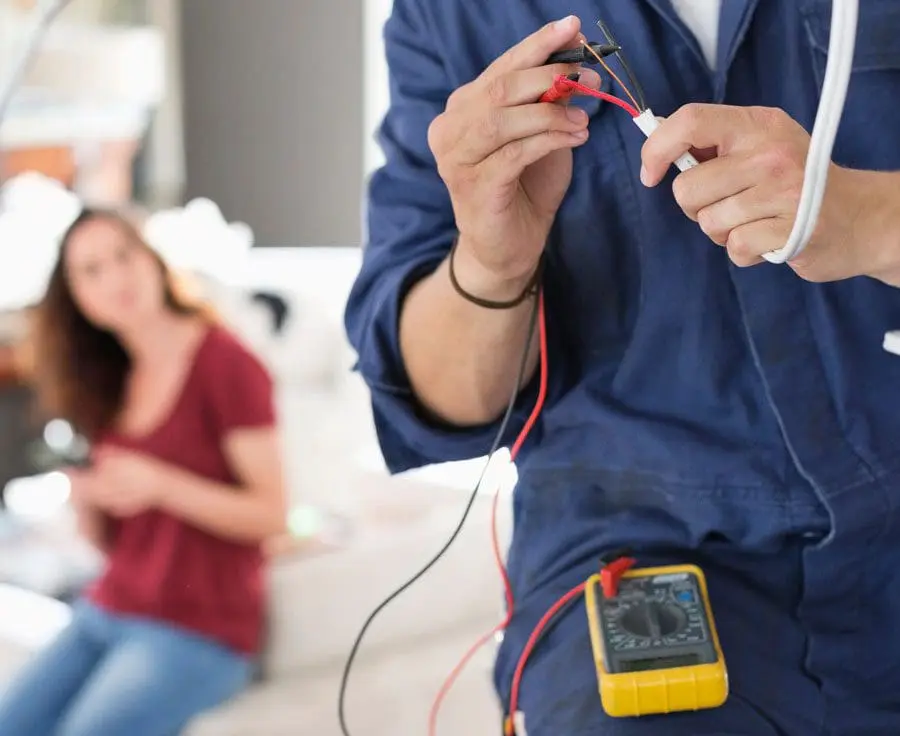
Reasons for Electrical Inspections and Testing
There are many reasons why you would require professional electrical inspection and testing. Here a re just a few. Perhaps one of these reasons is relevant to you? If so, get in touch and let us see what we can do for you.
- BS 7671:2018 states every electrical installation should be periodically tested and inspected.
- Electrical installations deteriorate with use and over time and can put users in danger.
- To detect any electrical faults which would cause shock or burns to humans or livestock.
- Check if the installation is safe to use.
- Check if there is protection against damage to property by fire or heat arising from a defect.
- Before a new tenant moves in if the property is sub-let or leased.
- Before selling a property for a mortgage application.
- Change of use of the property.
- Additions to the installation which could cause overloading.
- Alterations to the installation which could cause harm or damage.
- Problems reported about the installation such as fuses blowing or tripping.
- If there has been flooding or water damage due to a leak.
- After a fire or electrical fault to the whole or part of the installation.
If it is reported that there has been an electrical shock received.
What Happens During the Electrical Inspection and Testing?
- Details of the installation are noted as well as the owner’s name and address.
- Check the type of installation is it, domestic, commercial, Industrial.
- Type of supply (Single phase or 3 phase).
- The number of consumer units fitted.
- The number of circuits.
- Number of fixed appliances, lights, plugs, etc. (if practicable)
- Type of heating, cooking and water heating appliances.
- What’s on each circuit and what should not be.
- Checking for defects visually.
- Dead testing of each circuit to obtain test readings to check safety and conformity.
- Live testing of each circuit to check against regulations and check safety and conformity.
- Check cables are installed correctly and in a safe manner.
- Check correct cable sizes are used throughout.
- Check that the main earth conductor is present.
- Check if that the main gas pipe is earth bonded and installed correctly.
- Check that the main water pipe is earth bonded and installed correctly.
- Check MCB is of the correct size.
- Check that all metal light switches, light fittings, and other metal accessories are earthed.
- RCD’s are working correctly to the correct tripping value.
- AFDD’s are working correctly.
- SPD’s devices are correctly installed.
Which is an act of parliament so it’s law.
This combined with the (HASAWA) 1974, The Management of Health and Safety at Work Regulations 1999. The Electricity at Work Regulations (EAWR) 1989. Known as HS25.
In basic English it’s a must do, not a maybe, or as and when you get around to it, or if you feel like doing it, like so many try to do!
You must carry out an Inspection of your electrical system and you must act upon the codes given within the report, not stamp it received and file it away until the next time; there are set Maximum periods laid down for this in the IET GN3 Document, these are maximum periods depending on the state of your system a competent engineer may insist on more frequent inspections.
You need to maintain your systems, one way to do this is regular inspection and testing failure to do so can and does lead to prosecution.
Extract below from HS25
Regulation 4 Systems, work activities and protective equipment
(1) All systems shall at all times be of such construction as to prevent, so far as is reasonably practicable, danger.
(2) As may be necessary to prevent danger, all systems shall be maintained so as to prevent, so far as is reasonably practicable, such danger.
(3) Every work activity, including operation, use and maintenance of a system and work near a system, shall be carried out in such a manner as not to give rise, so far as is reasonably practicable, to danger.
(4) Any equipment provided under these Regulations for the purpose of protecting persons at work on or near electrical equipment shall be suitable for the use for which it is provided, be maintained in a condition suitable for that use, and be properly used.
61 Regulation 4 covers, in a general way, those aspects of electrical systems and equipment, and work on or near these, which are fundamental to electrical safety.
Regulation 4(1)
62 The word ‘construction’ in the regulation has a wide application. It may be considered to cover the physical condition and arrangement of the components of a system at any time during its life. It will include aspects such as the design of the system and the equipment comprising that system.
63 In assessing the suitability of the construction of electrical systems, consideration should be given to all likely or reasonably foreseeable conditions of actual application or use of the electrical equipment in the system. This will include the testing, commissioning, operation and maintenance of the equipment throughout the life of the system.
64 In particular, you should consider:
(a) the manufacturer’s assigned or other certified rating of the equipment;
(b) the likely load and fault conditions;
(c) the need for suitable electrical protective devices;
(d) the fault level at the point of supply and the ability of the equipment and the protective devices to handle likely fault conditions;
(e) any contribution to the fault level from the connected loads such as from motors;
(f) the environmental conditions which will have a bearing on the mechanical strength and protection required of the equipment;
(g) the user’s requirements of the installation;
(h) the risks that a system may create to adjacent work activities and the public;
(i) the manner in which commissioning, testing and subsequent maintenance or other work may need to be carried out.
65 The safety of a system depends upon the proper selection of all the electrical equipment in the system and the proper consideration of the inter-relationship between the individual items of equipment. For example, electrical protection against overloads and earth faults etc may need to be provided in one part of a system to protect another, possibly remote, part of the system. Also, where electrical energy is transformed or converted from one voltage to another, you should take precautions to prevent danger arising from the lower-voltage conductors becoming charged above their normal voltage.
Regulation 4(2)
66 Regulation 4(2) is concerned with the need for maintenance to be done to ensure safety of the system, rather than with the activity of doing the maintenance in a safe manner (which is required by regulation 4(3)).
67 The obligation to maintain arises only if danger would otherwise result. The maintenance should be sufficient to prevent danger so far as is reasonably practicable.
68 Inspection and, where necessary, testing of equipment is an essential part of any preventive maintenance programme. Practical experience of use may indicate an adjustment to the frequency at which preventive maintenance needs to be carried out. This is a matter for the judgement of the dutyholder, who should seek all the information they need to make this judgement including reference to the equipment manufacturer’s guidance.
69 Records can aid demonstration of compliance and allow useful analysis of equipment condition, although keeping records is not a legal requirement. Maintenance records (including test results), preferably kept throughout the working life of an electrical system, will allow the condition of the equipment and the effectiveness of maintenance policies to be monitored. Without effective monitoring, dutyholders cannot be certain that the requirement for maintenance has been complied with.
70 British Standard Codes of Practice offering guidance on maintenance are referred to in Further reading. Advice on the inspection and testing of some fixed installations is given in BS 7671.
This information above is taken directly from EAWR 1989 which is freely available online. Search under HS25.
We have seen a sharp increase in companies and landlords falling foul of these regulations, a proper inspection and test is not something that can be done on the cheap, start sense checking the estimates you are given if it cannot pay Competent person wages for the day or they are promising they can do X amount in a day, realise that in the end, you are liable not them for employing them at such silly prices.
If you are complaining about the price of safety, then try having an accident or end up with an HSE investigation and see how much, That costs!
If you want it done properly employ competent time-served Engineers, safety does not come at a bargain basement price, your lives are worth more.
FAQ's
Electrical Installation Condition Report is what “EICR” stands for in full. In the past, this practise was referred to as “Fixed Wire Testing.”
An electrical installation condition report (EICR) is a test that is performed on your electrical installations by a “skilled” person to guarantee that they are secure and that they will not result in any hazards of fire or electric shocks.
A legal document known as an EICR is created by an electrician or electrical engineer following a thorough evaluation of the electrical systems within any commercial, residential, or industrial facility. It is often referred to as the Landlord Safety Test or the Homebuyers Test.
The most recent guidelines of The Electrical Safety Standards in the Private Rented Sector, state that every rental property needs to have an EICR. All private landlords are required by law to guarantee that all electrical systems are in good working order.
An EICR certifies that all electrical systems and installations on the property are properly installed, secure, and well-maintained. It offers an essential evaluation of all types of properties, from domestic properties to large industrial complexes.
Customers commonly refer to a Landlord Safety Test or Homebuyers Test when referring to an Electrical Installation Condition Report (EICR), formerly known as a Periodic Inspection Report.
The Answer is YES
Any building with electrical systems, including private residences, commercial establishments, and rental properties, must have a current Electrical Condition Report. The Electricity at Work Act is only one example of a legal document that suggests an Electrical Condition Report as a means to meet its obligations, despite the fact that it does not explicitly mandate such a report.
Do you realise you may face criminal charges if a renter were to get electrocuted in a rental property owing to faulty wiring? However, claiming you were uninformed of the wiring’s state is not a valid defence. The local council will frequently demand a Condition Report in order to licence rental homes.
The standard duration of an Electrical Installation Report for rental premises is currently set at 5 years. However, it is advised to have the report updated at the beginning of each new tenancy.



